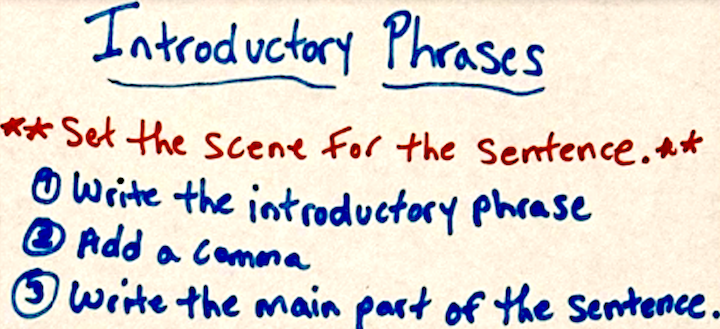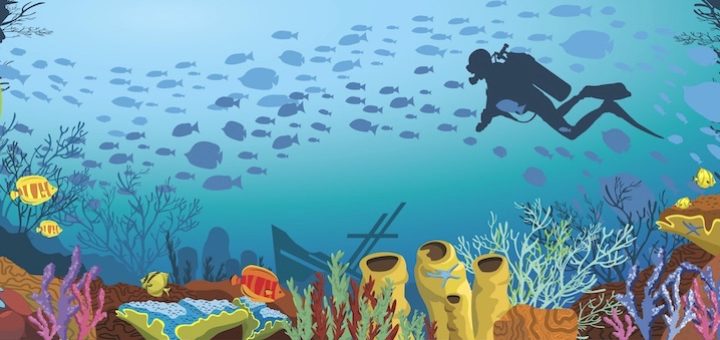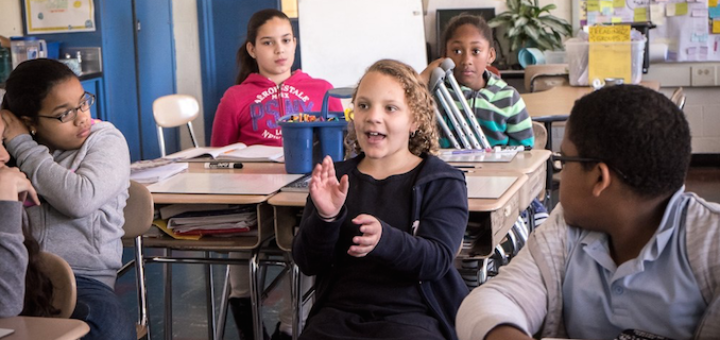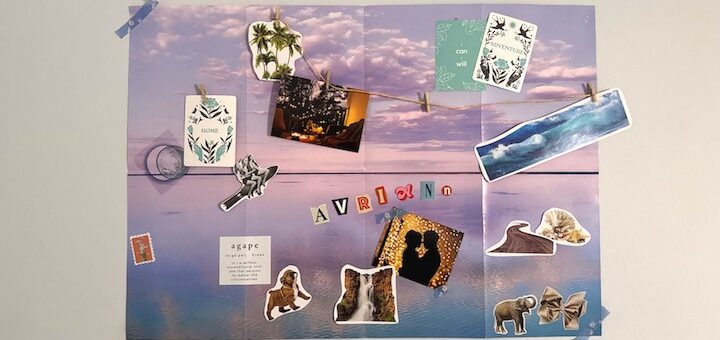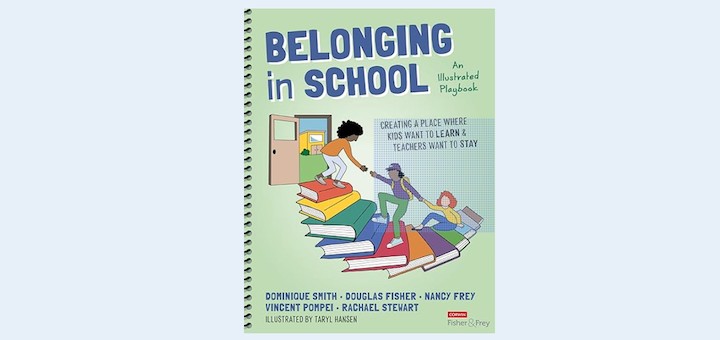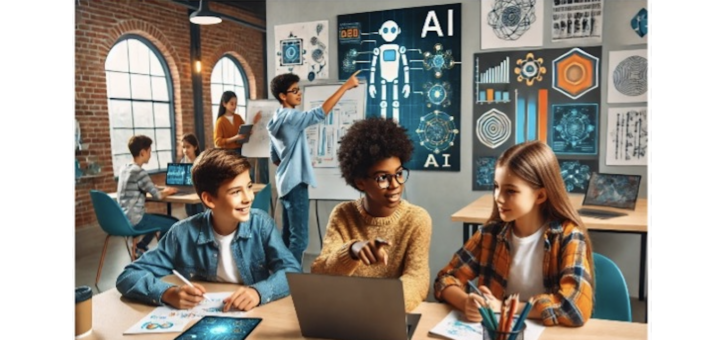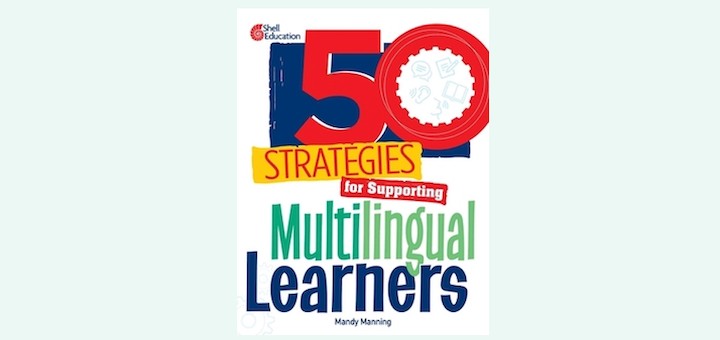Address Student Anxiety to Boost Their Learning
Given the high level of anxiety among teens today, teachers need to focus more on students’ need for safety. Gravity Goldberg suggests ways to use what we know about the body-brain connection to help kids experience the kind of regulation needed for any learning to happen.


